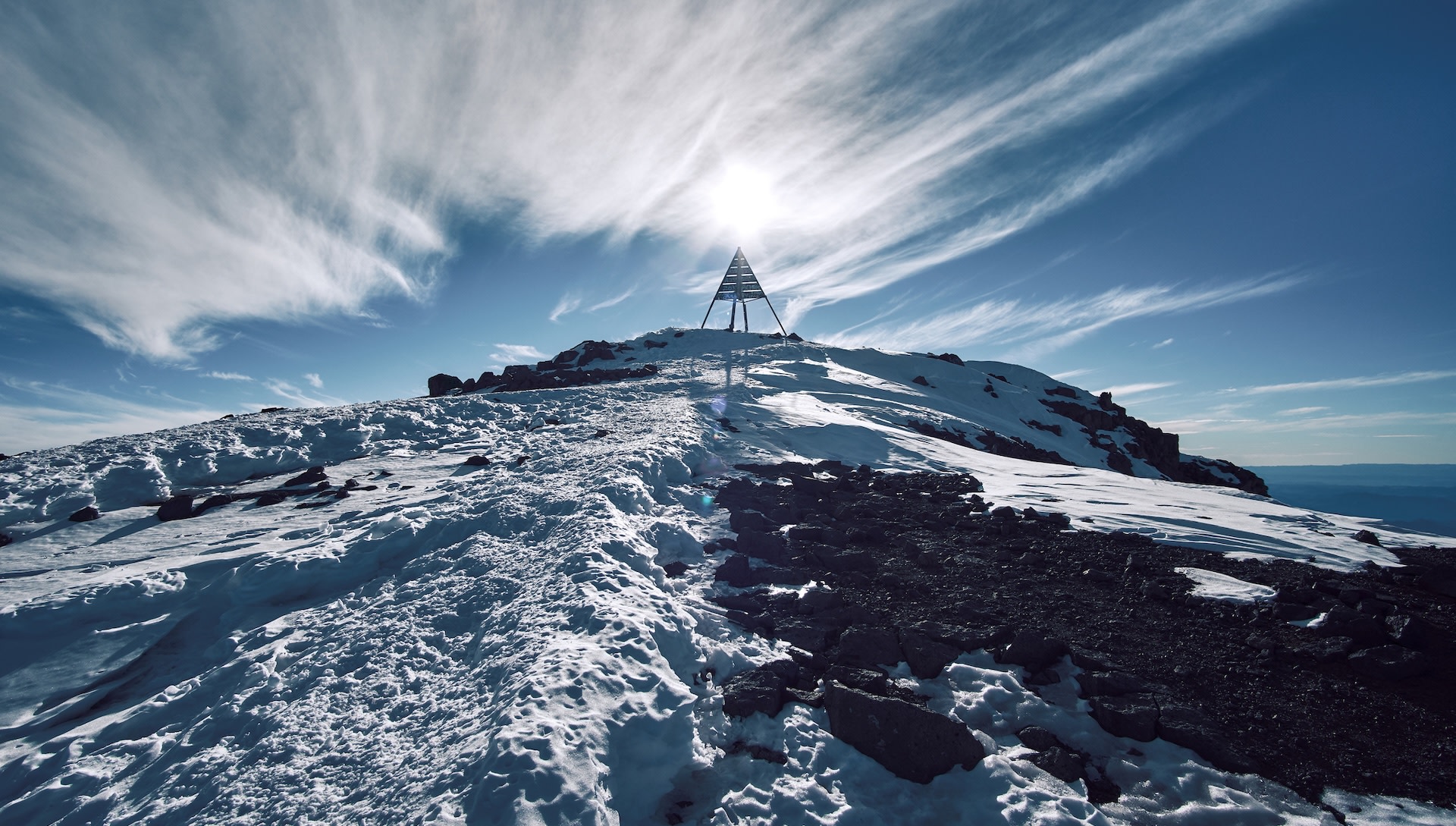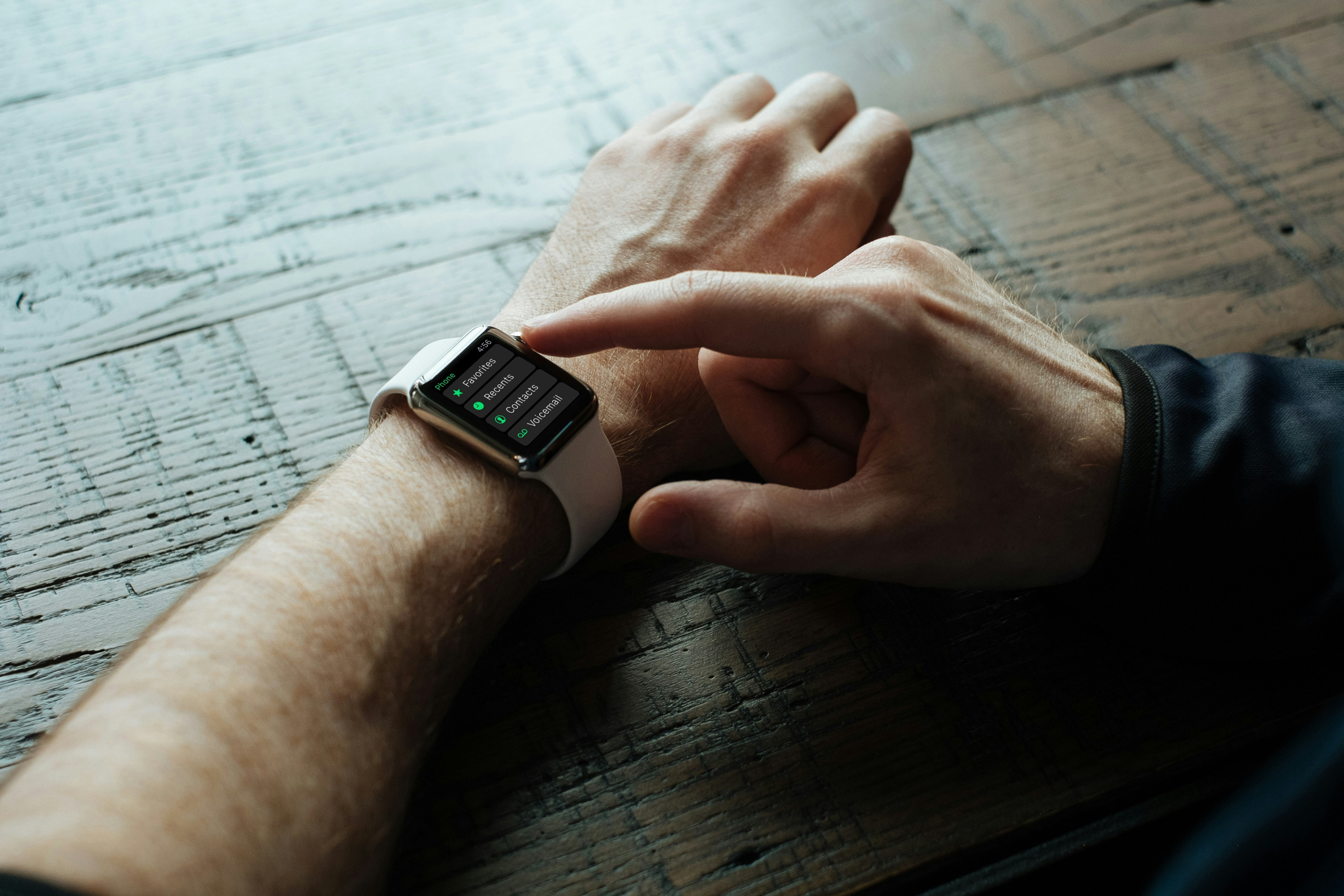‘Global health crisis in the making’

It seems nowhere is safe from plastic pollution, as a new study confirmed that microplastics have contaminated Mount Toubkal, the highest peak in North Africa, according to Barlaman Today.
What’s happening?
The study, published in the journal Environmental Pollution, sampled soil from nine locations, from the base to the 4,167-meter summit.
Researchers found plastic in every single sample.
On average, the authors identified 1,693 particles, finding 23.2 microplastics per kilogram of soil.
The main culprit? Plastic fibers, which were more common at higher altitudes.
Researchers also noted that smaller, lighter plastics, like polystyrene and cellulose acetate, increased with elevation. Surface analysis confirmed the particles had been weathered by the environment.

Kelvin is the Apple of space heaters, designed for energy efficiency and maximum comfort. It’s completely silent and intelligently controlled, with setup taking just 5 minutes.
Built from premium materials like aluminum and glass, Kelvin works beautifully as a full-home heating system or as the perfect solution for that one room that never feels warm enough.
|
Why is this concerning?
On the surface, plastic on a random mountain might not seem worrisome — but it proves how extensively this pollution travels, and it’s a direct threat to us.
These tiny fragments, smaller than five millimeters, are already linked to serious health issues, including inflammation and even brain damage. Studies have found microplastic shards in human blood, brains, and various organs.
Ocean Conservation Namibia called microplastics a potential “global health crisis in the making.”
The particles’ extensive surface area also acts as a toxic magnet, attracting other pollutants, such as heavy metals.
DNA sequencing revealed that, while bacterial diversity remained stable, soil fungal diversity dropped dramatically, with fibrous microplastics and PVC being the most pervasive in samples.
Microplastic pollution threatens the entire ecosystem and jeopardizes the global food supply.
What’s being done about it?
Microplastics are a huge problem — Ocean Conservation Namibia noted that the equivalent of 2,000 garbage trucks of plastic get dumped into our waterways daily.
But scientists are fighting back.
One team is developing a new, clog-resistant filter from polyvinyl alcohol and graphene oxide that captured 84% of microplastics in wastewater tests.
Others are focused on the plastics already inside our bodies. One recent study is testing a blood filtration method called apheresis, similar to dialysis, to remove particles from human samples.
Another study cited by The Guardian found that simple probiotics, such as the “friendly microbes” in yogurt, might help reduce the inflammation these plastics cause in our gut.
While scientists work on treatments for microplastic contamination, prevention is key. Simply using less plastic can drastically reduce direct exposure to these contaminants.
The microplastics problem didn’t just appear overnight, which is why the solution will demand a long-term commitment from all of us.
💰Get TCD’s free newsletters for easy tips to save more, waste less, and make smarter choices — and earn up to $5,000 toward clean upgrades in TCD’s exclusive Rewards Club.
link






